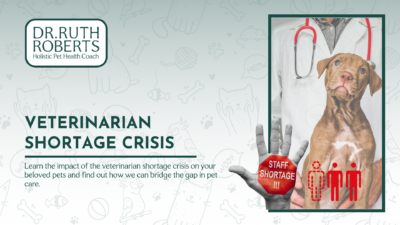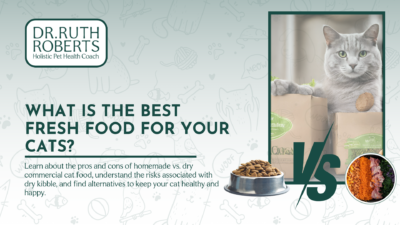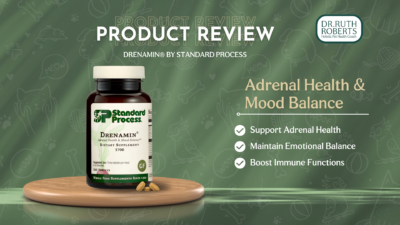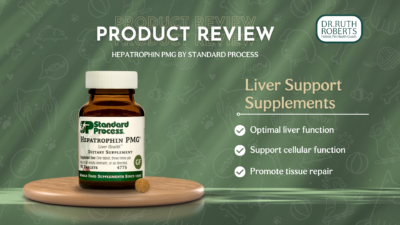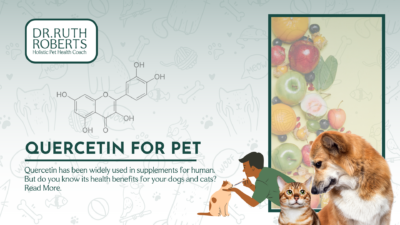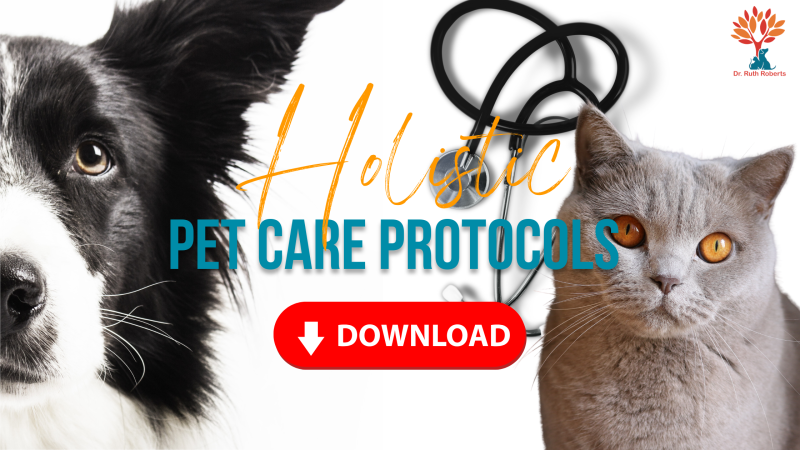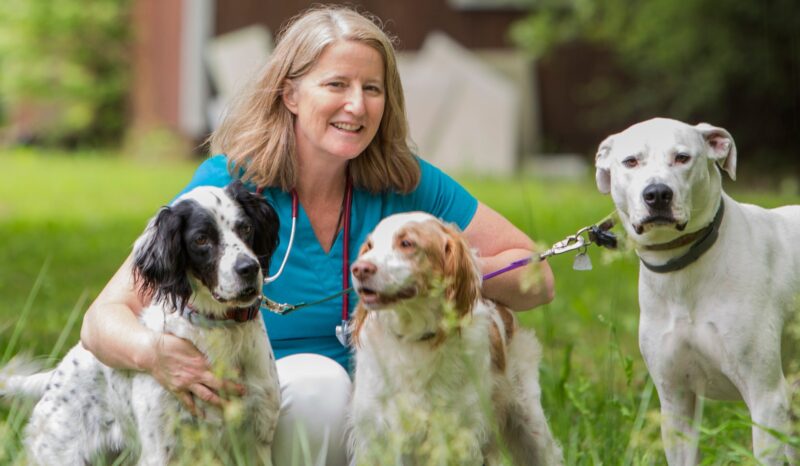How to Deal with Dog Anxiety?
Anxiety is a term that describes feelings of strain or pressure. The causes of cat or dog anxiety are extremely diverse. Perhaps you are stressed out because of your job, you get nervous when meeting new people, or your daily routine is disrupted.
Anxiety in dogs is usually the result of being abandoned by their owners and being in a shelter environment in general.
Anxiety, like other unhealthy behaviors such as biting, barking, and chewing on everything in sight, can be treated. Anxiety in dogs can be completely cured, but it can also be managed; noticeable in certain situations.
This post is a must-read if you have a dog who suffers from anxiety. We’ll go over several tried-and-true methods for calming your anxious dog and promoting a happy, healthy life.
So, let’s look at what might be causing your dog’s anxiety and the most common tried-and-true ways to calm him down.
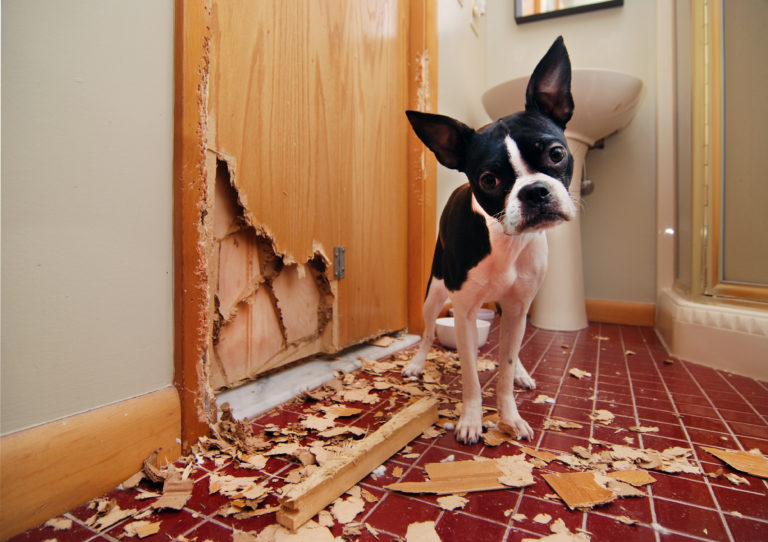
How do you know if your dog has anxiety?
Here are several Symptoms of Dog Anxiety:
- Aggression
- Urinating or defecating in one’s own home
- Drooling
- Panting
- Negative behavior
- Depression
- Barking excessively
- Pacing
- Restlessness
- Compulsive or repetitive behaviors
What are the first signs of stress in a dog?
Shaking or pacing
You’ve probably noticed your dog shaking after a bath or a roll in the grass. That whole-body shake can be amusing and is quite normal…unless it is caused by a stressful situation. Dogs, for example, are frequently stressed when they visit the veterinarian. When they come down from the exam table and touch down on the ground, many dogs “shake it off.” When agitated, dogs, like people, pace. While waiting for the veterinarian, some dogs walk around the exam room repeatedly.
Whining and barking
A vocalization is a normal form of self-expression in dogs, but it can become more intense when they are stressed. Fearful or tense dogs may whine or bark to get your attention or to self-soothe.
Drooling, yawning, and licking
Dogs yawn when they are tired or bored, as well as when they are stressed. A stressful yawn is longer and more intense than a sleepy yawn. When dogs are nervous, they may drool and lick excessively.
Changes in Eyes and ears.
Like anxiety in humans, a dog that has anxiety may have dilated pupils and blink rapidly. They may appear startled if they open their eyes wide and show more sclera (white) than usual. Normally relaxed or alert ears are pinned back against the head.
Changes in Body weight and posture.
Dogs typically carry equal weight on all four legs. A healthy dog with no orthopedic problems who shifts his weight to his back legs or cowers may be stressed. When dogs are scared, they may tuck their tails or become rigid.
Shedding.
It’s normal for dogs to shed however if you noticed an increase in shedding, this may be one of the symptoms you should also check. Although shedding is less noticeable in outdoor settings, such as when visiting a new dog park, it increases when a dog is anxious.
What is the best thing to give a dog for anxiety?
There are thousands of anxiety reliefs right now on the market, but we are looking into the safest and most natural options.
You can find relief from anxiety in a variety of ways. Perhaps you find comfort in the company of a trusted friend. Perhaps you relieve anxiety by doing routine tasks like cleaning the house. Alternatively, you could let off some steam through physical activity.
Here are some of the cat and dog anxiety relief that I have seen worked great for my patients:
CBD is a compound found in cannabis and hemp that canine and human owners have found useful for treating a variety of health conditions. According to anecdotal evidence from dog owners, CBD oil can be effective in treating dog anxiety.
The use of fish oils, a supplement humans have taken for years, has been a major breakthrough in recent years for both people and dogs. A new study presented at the Purina Research Summit by Dr. Ragen McGowan discovered that omega-3 fatty acids may be the key to reducing anxiety in dogs.
Docosahexaenoic acid, or DHA, is an ingredient found in omega-3 fatty acids that can help the body in a variety of ways, including boosting skin and coat health, improving cardiovascular health, and reducing pain and inflammation associated with arthritis and disease.
Liquid Nutricalm has been my go-to product to help reduce stress and anxiety for dogs and cats. Use before a known stressful event such as thunderstorms, car rides, vet visits, etc, or on an everyday basis for pets new to your home, or pets with generalized anxiety.
- ZenBiome Sleep
is formulated to help clients deal with occasional sleeplessness, but can also help support feelings of relaxation and reduced tension.
Calmer Canine is a gentle, safe, effective, and drug-free treatment system for canine separation anxiety. effectively returns the anxious brain to a more balanced emotional state with long-lasting effects with just two, fifteen-minute treatments per day for six weeks.
Early evidence suggests that Calmer Canine may also help dogs with other anxieties and fears, such as thunder phobia, noise sensitivity, travel anxiety, general anxiety, and situational anxiety.
Depression and anxiety in dogs can be treated the way humans treat these afflictions. This doesn’t mean that anyone should give their dogs prescription drugs.
However, depression and anxiety can be largely conquered with increased exercise and a healthy pet food diet.
You must be familiar with your dog’s normal demeanor in order to distinguish the early signs of dog anxiety from normal behavior. Then you’ll know whether he’s licking his lips because he’s nervous or because he wants a treat.
What triggers dogs' anxiety?

Anxiety caused by fear
Loud noises, strange people or animals, visual stimuli such as hats or umbrellas, new or strange environments, specific situations such as the vet’s office or car rides, or surfaces such as grass or wood floors can all cause fear-related anxiety. Although some dogs may only have brief reactions to these types of stimuli, they may have a greater impact on anxious dogs.
Separation anxiety
Separation anxiety is estimated to affect approximately 14% of dogs. When dogs with separation anxiety are left alone or separated from their family members, they are unable to find comfort. This anxiety is frequently manifested in undesirable behaviors such as urinating and defecating in the house, destroying furniture and furnishings and barking.
Anxiety caused by age
Age-related anxiety affects senior dogs and is linked to cognitive dysfunction syndrome (CDS). Memory, learning, perception, and awareness begin to decline in CDS dogs, similar to the early stages of Alzheimer’s disease in humans. This naturally causes confusion and anxiety in senior dogs.
How to calm an anxious dog?
Dog owners should also consider their own behavior to see if it is contributing to their dog’s anxiety. Owners can stress their dogs by not giving clear commands, staring at them directly, or punishing them unnecessarily.
The best way to calm your dog is to identify the source of their anxiety and then remove the trigger.
Working with a professional trainer or your veterinarian to reduce their response to the trigger is another option.
It can sometimes be as simple as enclosing an area where your dog can eat while no one bothers them. Alternatively, teach your children how to properly respect your dog. If you know your dog gets anxious about certain events, such as a car ride or Fourth of July fireworks, there are some specific ways to alleviate that anxiety.
What’s the bottom line? Start observing your dog’s body language and you’ll be able to read their anxious signals and reduce their anxiety in no time.
Consult your veterinarian if your dog is consistently stressed. After determining that your dog’s behavior is not due to a medical condition, your veterinarian may refer you to a trainer or veterinary behaviorist to assess anxiety-related issues. If necessary, they may also prescribe anti-anxiety medications.
Exercise, like humans, can be a great dog anxiety relief. Physical activities such as walking or fetching aid in the release of tension in both you and your dog.
It’s also a good idea to give your dog a safe place in the house where he can get away from stressful situations. Everyone appreciates a peaceful haven.


